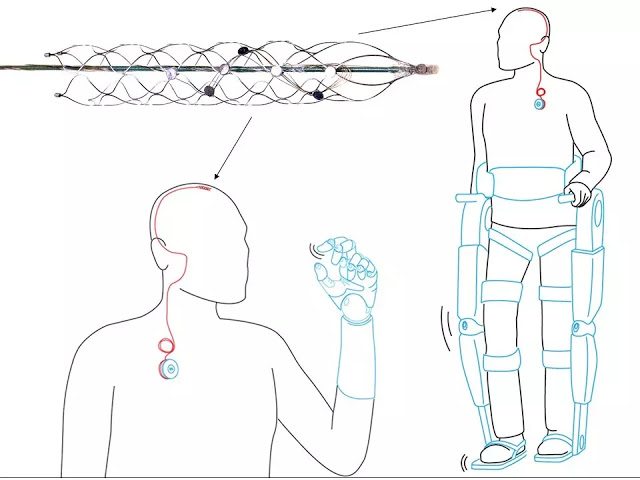Direct Mind-to-Machine Interface Surgery coming to Australia
Ashley Allen / 9 years ago

An Australian neurologist is soon to introduce direct mind-to-machine interfaces, requiring minimal surgery, which would allow humans to control machinery and vehicles with a simple thought.
Dr. Tom Oxley will perform minor surgery on a number of paralysed people at the Royal Melbourne and Austin Hospitals toward the end of 2017, inserting matchstick-sized stentrodes near the brain’s motor cortex in order to send signals to a robotic exoskeleton (pictured below). Should the trial be successful, the paralysis sufferers will be able to mobilise when connected to their robotic suit.

“If you consider how we use smartphones, it’s incredible that we communicate silently to each other without talking,” Dr. Oxley told Jane Gardner of the University of Melbourne. “Now imagine if that little device was inside your brain and you didn’t have to use your hands to type out the letters of the text message. Suddenly what you’re achieving is considered telepathy.”
“Direct brain-to-brain telecommunication is not unfeasible 30 years from now,” he added. “These devices will enable us to achieve electronic capabilities that we can’t really imagine now.”
Dr. Oxley believes that the mind-to-machine technology has additional uses for able-bodied people; he admits that the military has shown an interest in the technology, not just to give injured soldiers artificial limbs but to give pilots direct mind control over fighter jets.
“The military appear interested in the potential for jet fighters to control their planes with direct thought control, rather than using their arms. The reaction time you’d shave off would be milliseconds,” Dr Oxley said.



















